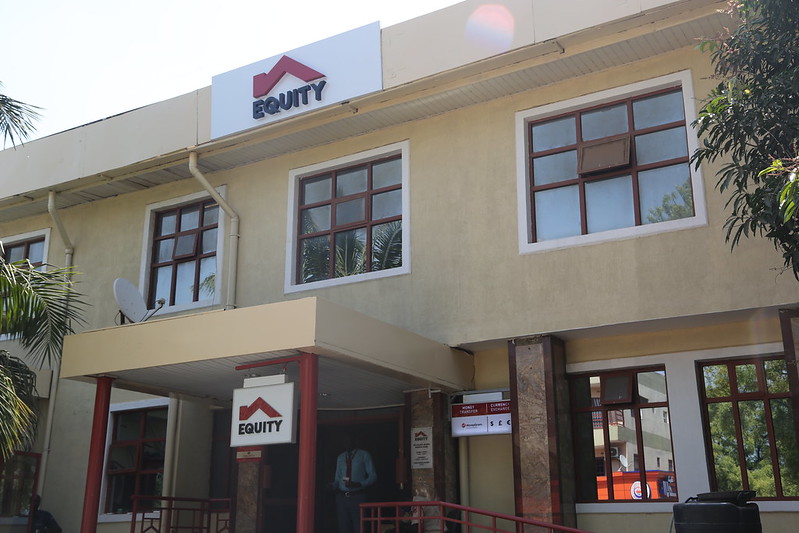Share this
When was the last time you visited your bank to perform a transaction? If you operate an account with a bank that has a robust mobile and/ or internet banking application then it may have been a very long time ago.
Many banks today are reporting increased transaction numbers and volumes on their digital banking offerings indicating changing consumer behaviours and growing confidence in the security of digital transactions in the country.
In its third-quarter financial results released last week, Kenya’s largest bank by balance sheet and customer base, Equity Bank indicated that only 3% of the bank’s transactions in the nine months ending 30th September 2021 occurred within its 190 physical and ATM branches.
97% of the transactions were either completed on the mobile and internet banking applications, agents or through third applications.
This phenomenon is however not unique to Equity, in its half-year financial report released last week, Kenya’s biggest mobile operator, Safaricom says 18% of the 7.3 billion M-Pesa transactions carried out during the period under review were either Bank to M-Pesa or M-Pesa to bank transactions. The telco also witnessed a 42% growth in its transaction volumes.
This development is however not unique to Kenya which has a higher penetration of digital financial services compared to other countries in the region. During a recent Twitter Space conversation, a representative from Standard Chattered Uganda in charge of retail banking indicated that digital transactions account for more than 90% of the lender’s transactions.
This shift is driven by the convenience and confidence that the platforms today offer their users. Banking is changing from a place customers go to transact into something customers do.
The power that a branch manager used to enjoy of deciding when a customer gets service and what service they get has been shifted to the customer. They have ultimately won the freedom of managing their own money,” says Equity Group CEO James Mwangi.
The rise is however not only in the number of transactions. Previously, digital transactions were only limited to personal transactions of small values. In terms of value, Equity saw transactions worth Ksh 4.18 trillion transacted on its digital platforms while only Ksh 2.18 was transacted via the physical branch and ATM network.
Today we are seeing banks increasingly investing in digital banking products for corporates which allow for multiple signatories to initiate and authorize transactions. Products like EazzyBiz by Equity Bank developed for corporates provide businesses with a 360-degree management of their cash-flows.
Today, both retail and corporate customers can make cash deposits, withdrawals of both large and small amounts from the comfort of their homes or offices. Customers can also apply for loans and have it disbursed to their bank account or straight into their personal devices.
Covid-19 is partly to thank for the rise in digital transactions in the region. At the advent of the pandemic in 2020, the use of hard currency was discouraged as it increased the risk of spreading the virus from one person to another. Banks on the other hand supported the government’s efforts in containing the pandemic by waiving transaction fees for bank to mobile and mobile to bank transactions.
Safaricom is also attributing growth in its mobile money services to innovations in the financial sector.
“Innovations in digital financial services has been a key growth driver for M-Pesa. We continue leveraging on technological innovations to enhance access to financial services for consumers and enterprise customers,” said the telco in a statement.
These developments also mean that financial institutions need to invest in their systems strengthening processes to ensure that these critical back-end systems do not fail. We are already seeing that institutions are acquiring some of the best talents from across the globe to guarantee the security of digital transactions in the wake of growing cyber-attacks across the globe.
What then is the future of physical bank branches and ATM networks?
Dr Mwangi says the branches are not becoming irrelevant, but banks have to rethink the roles of their brick and mortar assets with the shift in consumer preferences. Equity Bank is already positioning its network of 190 branches into centres of excellence focusing on customer experiences, providing advisory and consultation services for SMEs and large customers.
As for the future of physical branch networks, we are likely to witness a slowdown of branch network expansion in the near future. In some cases, we will see lenders with several branches in the same town merging some of their branches. This does not however necessarily mean that we are likely to witness mass layoffs of staff in the banking sector.





